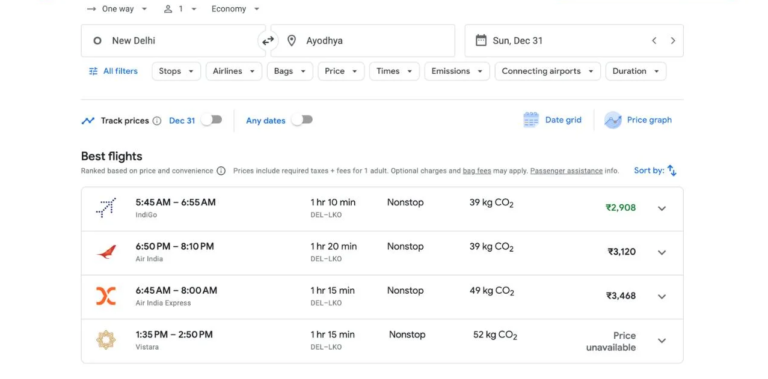How to Send Rs 2,000 bank notes via post office to RBI Office for Direct Bank Deposit bank account
The Reserve Bank of India (RBI) has made an important decision to withdraw 2000 denomination banknotes from circulation. This move marks a significant change in the Indian banking landscape, which means that individuals and entities need to go through a structured transition. To make this transition as easy as possible, the RBI has introduced a streamlined process that allows you to send your 2000 rupee banknotes directly to RBI Issue Offices through India Post for bank deposit. This innovative approach aims to simplify the process, eliminating the need for you to visit specific bank branches and wait in long queues.
In this article, we will guide you through the step-by-step process of sending your 2000 rupee banknotes to the RBI Issue Office through India Post for direct bank deposit, ensuring that your experience is smooth and hassle-free.
Also Read: How much will a bank pay you for the loss of items in a bank locker?
Contents
How to Send Rs 2,000 bank notes via post office to RBI Office for Direct Bank Deposit bank account
Step 1: Gather Required Documents
Before initiating the process, ensure you have the following documents in order:
Step 2: Fill Out the Application
Once you have gathered the necessary documents, you will need to complete the application. The application form is available at your local post office. Here’s what you should do:
- Fill in your personal details as required.
- Enter your bank account information, including the account holder’s name, account number, type of account, bank name, branch name, branch address, and IFSC Code.
- Make sure you enclose copies of your valid documents and your bank account statement or the first page of your passbook showing your account details.
- Sign the application form.
Step 3: Visit Your Local Post Office
With your application form and all the necessary documents ready, visit your nearest India Post office. The friendly staff at the post office will guide you through the process and assist with any questions you may have.
Step 4: Dispatch the Banknotes
At the post office, you can dispatch your 2000 rupee banknotes along with the completed application form and the required documents. Ensure that the banknotes are securely packed, and the application form and documents are enclosed in a sealed envelope or package. The India Post’s secure and insured mailing service will provide you with peace of mind during this process.
Step 5: Tracking and Verification
After dispatching your banknotes, you can track the shipment through India Post to monitor its progress. Once your banknotes reach the RBI Issue Office, they will be verified and processed.
Conclusion
The RBI’s decision to withdraw 2000 denomination banknotes from circulation signifies a shift towards modernization and streamlining the Indian banking system. Sending your 2000 rupee banknotes through India Post to RBI Issue Offices for direct bank deposit is a convenient and secure way to comply with this transition. It eliminates the need to visit specified bank branches and stand in queues, making the process hassle-free and efficient. By following the steps outlined in this guide, you can easily send your 2000 rupee banknotes for direct bank deposit and ensure your finances remain in order.






